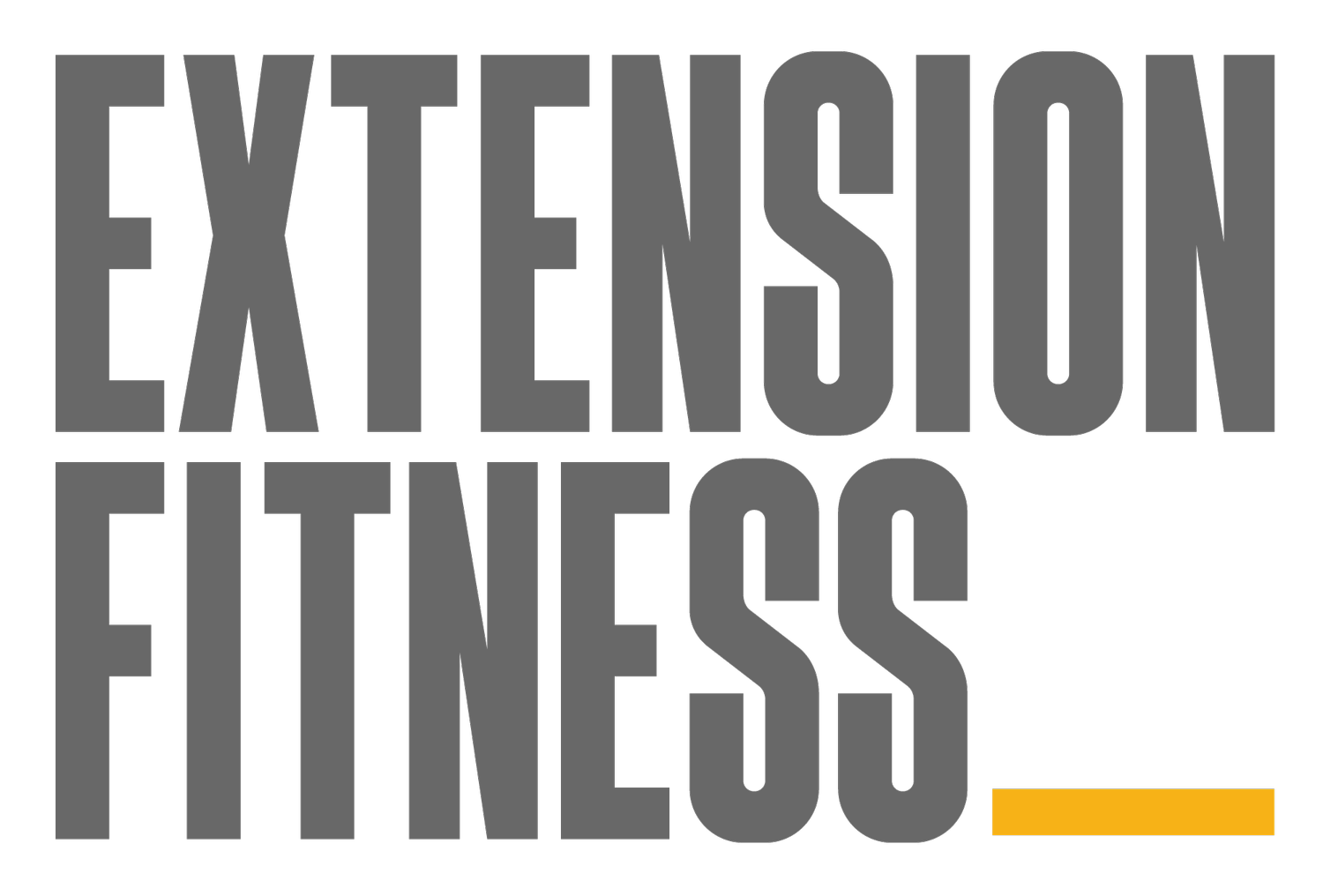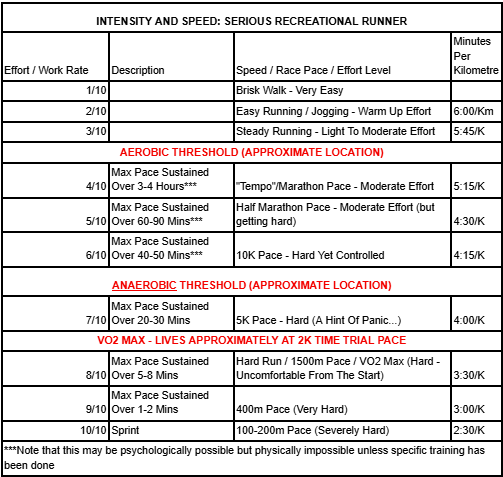The Needlessly Confusing World Of Exercise Intensity Zones. What Is Aerobic Threshold? What Is Anaerobic Threshold? What Is Lactate Threshold? What Is Lactate Turn Point? What Is VO2 Max?!!
Maybe you’ve got a New Year’s Resolution to be fitter, stronger and healthier in 2025?
Maybe you’re an enthusiastic recreational runner, swimmer, cyclist or triathlete?
Maybe you’ve caught the Hyrox bug?
If this is you, then you’ve probably heard these phrases:
“Keep it light”
“Push hard”
“Make it a moderate effort”
“Threshold Pace”
“Improve your VO2 Max”
“Run at a conversational pace”
What’s with all that?
To answer that question, we’ll be delving into exercise intensity. Specifically, cardiorespiratory (“cardio”) exercise intensity - as opposed to strength training.
The best way to learn about this area is to ask another question: What happens in my body as I progress from a light to really hard effort?
To show what happens, I produced this figure.
Zone 1 (Blue) = “Light”, Zone 2 (Orange) = “Moderate”, Zone 3 (Red) = “Heavy”
Before I start, let me set the scene.
The horizontal axis shows "output". This is the amount of work you do per second, or minute. As we progress along the horizontal axis the work output INCREASES. Work is represented in arbitrary units here.
The vertical axis shows BLOOD LACTATE CONCENTRATION, which is measured in “millimoles per litre” (mmol/L) - a measure of concentration. Lactate is neither good nor bad, but it does accumulate in the blood as your body draws more heavily from your anaerobic energy systems whereas in a steady state situation it gets cleared out continually.
As such, it is an excellent proxy measurement for anaerobic energy production.
The anaerobic energy systems run without oxygen and they kick into gear more and more as the demand increases.
OK, here we go on a journey from a light effort to an extreme effort.
As you start out, walking along (or cycling at a cruise), you can breathe easily and your blood lactate is low. You are in the "light" training zone.
(The top of the light training zone - the junction with the "moderate" zone - is where the super cool and in vogue "zone 2" training occurs. Note that there are several different zone systems - some with three zones, others with five and others with seven. This can cause confusion.)
Then you ramp up the effort quite a bit. Your breathing rate starts to increase noticeably.
You can still have a conversation, but not without drawing breath in the middle of every second or third sentence.
You have reached "VT1": the first ventilatory threshold. Your brain has sent a message to breathe faster so you can blow off excess C02.
At this point, lactate has started to accumulate a little bit more in your blood, as shown by the change in gradient on the lactate line on the graph.
This is called "Lactate Turn Point Number 1", because the line has "turned".
Here your body is starting to recruit more fast twitch muscle fibres, which create more force but with less resistance to fatigue. It is also commonly referred to as the "aerobic threshold" - over this threshold, your body is has started to create some energy anaerobically.
You're on borrowed time now, having entered the "moderate training zone".
(If you have ever run a marathon, it is pretty certain that you would have spent the majority of the race in this zone. Half marathon pace lives in this zone too, but much more towards the junction of the "moderate" and "heavy" zones).
Being hard core, you keep speeding up; cranking the pedals or ratcheting up your leg speed.
Soon enough you can feel your respiration rate is really high. You don't want to talk at all if you don't need to. You have reached the second ventilatory threshold.
Also, blood lactate has really started to accumulate now, at a faster rate than before. You can't sustainably clear out lactate at this point, which is "LACTATE TURN POINT 2".
It is also commonly called the "anaerobic threshold" or "lactate threshold".
Norwegian endurance athletes are famous for threshold training, which means they spend a lot of time at this intensity but are extremely careful not to get above it unintentionally.
You may also have heard of "red-lining": this is where it happens. That term describes going very close to the heavy zone, usually when it is inadvisable, such as during a cycling race a long way from the finish.
Typically, a 5K race pace (or the maximum pace you can sustain on a bike for 20 minutes) lives in the "heavy zone".
And that's where you are now. It's a heavy experience in the heavy zone, which is why the 5K has a reputation for being a real ball buster.
But because your lady is watching, or your bloke (or the selectors, your nemesis, or the Parkrun photographer), you keep speeding up.
You're really suffering now, and you can only sustain this pace for a few minutes (maybe 5?) and only then if you're extremely motivated on the day.
You have reached your "V02 MAX", which is NOT the maximum amount of air you can breathe in.
It is the maximum rate of oxygen consumption your body can achieve.
Even if you can force more air in, which you probably can, you can't use any more oxygen out of that air, because your heart can't beat fast enough or forcefully enough to deliver it, or your blood vessels can't increase the rate of blood delivery to the muscles, or some other physiological limiting factor.
(But, you can increase VO2 MAX with training, via heart changes, more capillaries, more and better-functioning mitochondria in the muscle cells.)
Note: Your speed at "V02 MAX" is roughly the speed at which you'd complete a 1500m or 2K race.
Ok, you've collapsed now…
You turn your beetroot red face to me, wipe the snot off your chin and yell, "What's the point of all this!!? Why have you put me through this torture?".
I'm telling you so you can understand intensity prescriptions for cardiorespiratory fitness training.
“You turn your beetroot red face to me, wipe the snot off your chin and yell, “What’s your point of all this!!? Why have you put me through this torture?”
This matters for recreational athletes and people using exercise to improve their health.
Here are a couple of examples of what I mean.
Example 1: "Run at threshold pace"
This is the sort of instruction that gets thrown around at running groups.
You now know they are referring to your "anaerobic threshold" or "lactate threshold".
That lives at LT2 & VT2 on the graph. It's the very top of the moderate intensity zone and it is the sort of work output that can be sustained over a half marathon (or thereabouts).
Example 2: "Go for a walk. Keep the effort light"
It is the sort of thing a doctor may say to you. Now you know it means that doing this sort of walk would put you in zone 1, under your "aerobic threshold", where you can converse in full sentences pretty comfortably.
To make it all plainer for you, I’ve produced some handy reference tables (below).
These give examples of where various paces and effort levels sit in relation to the aerobic and anaerobic thresholds of a serious recreational runner and a new runner (who’s untrained).
Here endeth the lesson!



